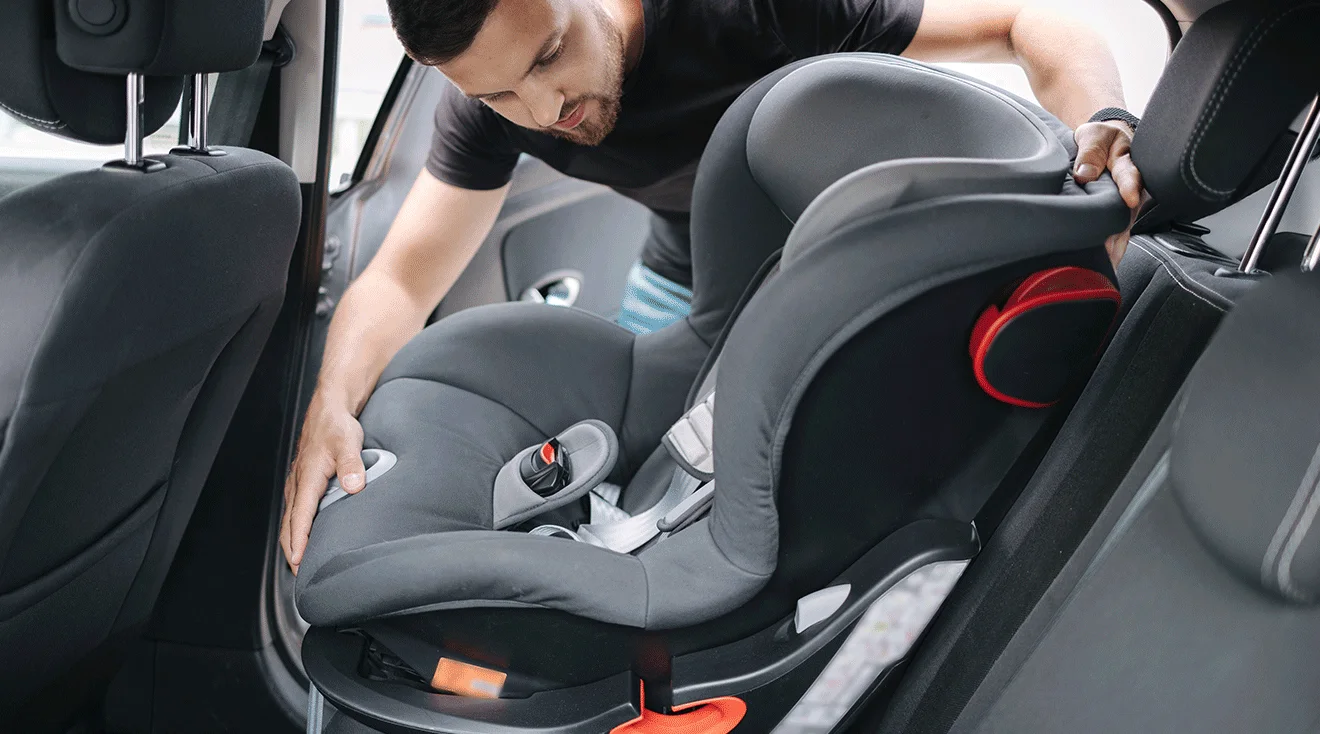Understanding the Lifespan of Car Seats: Key Factors to Consider
Car seats play a critical role in ensuring the safety and well-being of children during travel. As a parent or caregiver, it’s essential to understand the lifespan of these essential child safety devices to make informed decisions about their use and replacement. While the longevity of a car seat can vary depending on several factors, this comprehensive guide will provide you with a detailed understanding of the key aspects that influence its lifespan, as well as guidelines for determining when it’s time for a new one.
Manufacturer Recommendations
One of the primary sources for determining a car seat’s lifespan is the manufacturer’s guidelines. These recommendations are based on rigorous testing, quality control measures, and industry standards, providing a reliable reference point for parents and caregivers. Generally, most manufacturers advise that car seats should be replaced after a certain period, typically ranging from six to ten years, depending on the brand and model.
Material Degradation
Over time, exposure to various environmental factors can cause the materials used in car seats to degrade, compromising their structural integrity and safety features. Extreme temperatures, sunlight, humidity, and general wear and tear can all contribute to the breakdown of plastics, fabrics, and harness components. It’s crucial to regularly inspect your car seat for signs of material degradation, such as cracks, fraying, or discoloration, which may indicate that it’s nearing the end of its useful life.
Crash History
If a car seat has been involved in a moderate or severe crash, it should be immediately replaced, regardless of its age or apparent condition. Even if there is no visible damage, the impact forces experienced during a collision can cause internal structural weaknesses that may not be readily apparent but could compromise the seat’s ability to protect your child in a future accident. Always follow the “one crash, one seat” rule to ensure your child’s continued safety.
Recalls and Safety Notices
Manufacturers may issue recalls or safety notices for car seats due to identified defects or safety concerns. If your car seat is subject to a recall, it’s imperative to follow the instructions provided by the manufacturer, which may involve repairing, replacing, or discontinuing use of the affected seat. Keep track of recall information by registering your car seat with the manufacturer and periodically checking for updates on their website or through relevant government agencies like the National Highway Traffic Safety Administration (NHTSA) in the United States.
Assessing the Condition of Your Car Seat: A Step-by-Step Guide
Regularly assessing the condition of your car seat is crucial to maintaining its effectiveness and ensuring your child’s safety. Follow this step-by-step guide to conduct a thorough evaluation:
1. Check the Expiration Date
Refer to the manufacturer’s label or user manual to locate the expiration date, usually stamped on the seat or indicated in the documentation. If the seat has exceeded its recommended lifespan, it’s time to replace it, even if it appears to be in good condition.
2. Inspect the Harness System
Ensure that the harness straps, buckles, and adjusters are functioning properly, with no signs of wear, fraying, or damage. The harness should smoothly glide through the adjustment slots and securely fasten without excessive effort. Replace any damaged parts or the entire seat if the harness system is compromised.
3. Examine the Shell and Base
Check the plastic shell and base for cracks, deformities, or signs of stress, particularly around attachment points and energy-absorbing foam. Any structural issues may indicate that the seat has been compromised and should be replaced.
4. Assess the Fabric and Padding
Look for tears, stains, mold, or other signs of wear on the fabric cover and padding. While minor cosmetic issues may not affect the seat’s functionality, significant damage or contamination may necessitate a replacement.
5. Verify Proper Installation
Confirm that the car seat is installed correctly in your vehicle according to the manufacturer’s instructions and the vehicle owner’s manual. An improperly installed seat may not provide adequate protection, even if it’s still within its recommended lifespan.
Extending the Life of Your Car Seat: Maintenance Tips and Best Practices
Proper care and maintenance can help extend the life of your car seat while ensuring it remains safe and effective. Implement these tips and best practices to get the most out of your investment:
1. Regular Cleaning
Clean the car seat according to the manufacturer’s instructions using mild soap and water or a product specifically designed for car seat cleaning. Avoid harsh chemicals, bleach, or abrasive materials that could damage the seat’s materials. Allow the seat to air dry completely before reinstalling it in your vehicle.
2. Sun Protection
Limit exposure to direct sunlight whenever possible, as prolonged UV exposure can accelerate the degradation of plastics and fabrics. Use window shades or park in shaded areas to protect your car seat from sun damage.
3. Storage and Transport
When not in use or during travel, store your car seat in a cool, dry place away from extreme temperatures and humidity. Use a protective bag or box to minimize the risk of damage during transport.
4. Periodic Inspections
Conduct a thorough inspection of your car seat at least once every six months, or more frequently if you notice any signs of wear or damage. Address any issues promptly to maintain the seat’s optimal performance.
When to Upgrade Your Child’s Car Seat: Transitioning Through Stages
As your child grows, they will eventually outgrow their current car seat and require a different type or size to accommodate their changing needs. Familiarize yourself with the following stages and guidelines to determine when it’s time to upgrade:
Rear-Facing Car Seats
Infants and young toddlers should ride in a rear-facing car seat until they reach the maximum height or weight limit specified by the manufacturer, typically around 40 pounds or more, depending on the model. Rear-facing seats provide the best protection for your child’s developing head, neck, and spine.
Forward-Facing Car Seats
Once your child outgrows their rear-facing seat, transition them to a forward-facing car seat with a harness. They should remain in this type of seat until they exceed the height or weight limits, usually around 65 pounds or more.
Booster Seats
When your child outgrows their forward-facing car seat, they are ready for a belt-positioning booster seat. Booster seats elevate your child so that the vehicle’s seat belt fits properly across their shoulder and lap. Children should use a booster seat until they can sit with their back against the vehicle seat, knees bent at the edge, and the seat belt fitting snugly across their chest and hips, typically around 8 to 12 years old or 4’9″ tall.
Seat Belt Alone
Once your child meets the requirements for using a seat belt alone, continue to ensure they use it properly on every ride. The seat belt should lie flat across their chest (not the neck), and the lap belt should rest low and snug across their hips (not the stomach).
Conclusion
In conclusion, understanding the lifespan of car seats and knowing when to replace or upgrade them is vital for ensuring your child’s safety during travel. By considering manufacturer recommendations, monitoring material degradation, adhering to crash replacement guidelines, staying informed about recalls, and conducting regular inspections, you can make informed decisions about the ongoing use and eventual replacement of your child’s car seat. Remember to also follow best practices for maintenance and cleaning, and be prepared to transition your child through the various car seat stages as they grow. With this knowledge and attention to detail, you can confidently provide a secure and comfortable environment for your little one on every journey.





